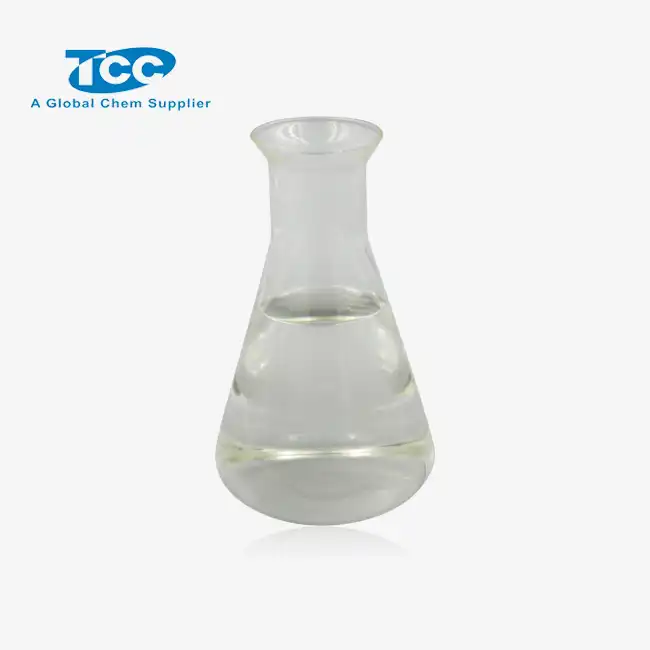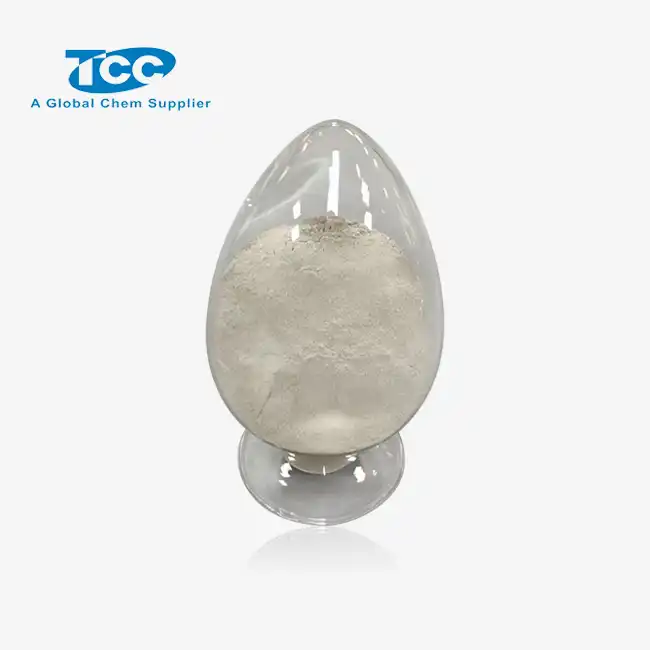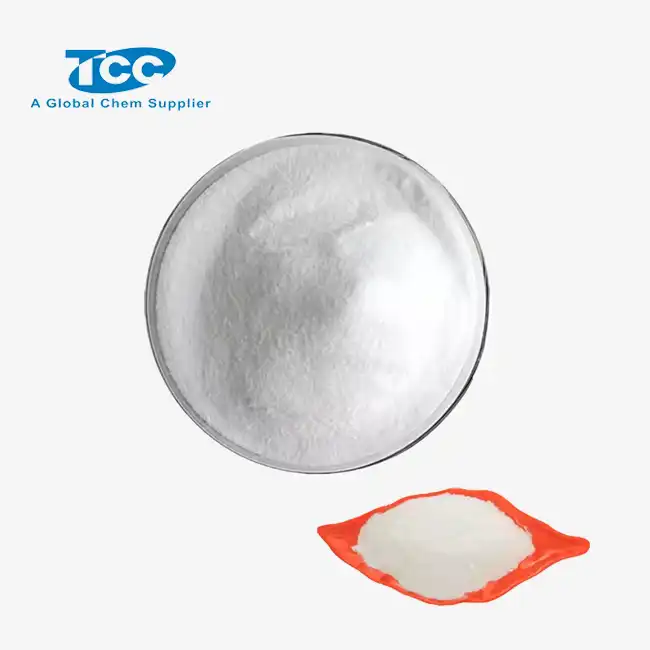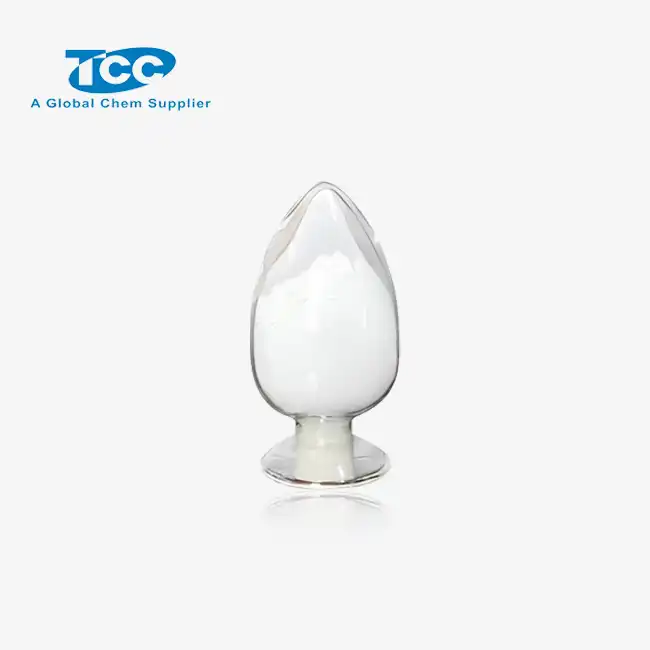- English
- French
- German
- Portuguese
- Spanish
- Russian
- Japanese
- Korean
- Arabic
- Greek
- German
- Turkish
- Italian
- Danish
- Romanian
- Indonesian
- Czech
- Afrikaans
- Swedish
- Polish
- Basque
- Catalan
- Esperanto
- Hindi
- Lao
- Albanian
- Amharic
- Armenian
- Azerbaijani
- Belarusian
- Bengali
- Bosnian
- Bulgarian
- Cebuano
- Chichewa
- Corsican
- Croatian
- Dutch
- Estonian
- Filipino
- Finnish
- Frisian
- Galician
- Georgian
- Gujarati
- Haitian
- Hausa
- Hawaiian
- Hebrew
- Hmong
- Hungarian
- Icelandic
- Igbo
- Javanese
- Kannada
- Kazakh
- Khmer
- Kurdish
- Kyrgyz
- Latin
- Latvian
- Lithuanian
- Luxembou..
- Macedonian
- Malagasy
- Malay
- Malayalam
- Maltese
- Maori
- Marathi
- Mongolian
- Burmese
- Nepali
- Norwegian
- Pashto
- Persian
- Punjabi
- Serbian
- Sesotho
- Sinhala
- Slovak
- Slovenian
- Somali
- Samoan
- Scots Gaelic
- Shona
- Sindhi
- Sundanese
- Swahili
- Tajik
- Tamil
- Telugu
- Thai
- Ukrainian
- Urdu
- Uzbek
- Vietnamese
- Welsh
- Xhosa
- Yiddish
- Yoruba
- Zulu
Is Sodium D-gluconate the Ultimate Chelating Agent?
In the world of chemical compounds, few substances have generated as much excitement and interest as Sodium D-gluconate. This versatile compound has been making waves across various industries, from food and beverage to construction and pharmaceuticals. But what makes Sodium D-gluconate so special? Is it truly the ultimate chelating agent that many claim it to be? To answer these questions, we need to delve deep into the properties, applications, and advantages of this remarkable substance. In this comprehensive blog post, we'll explore the fundamentals of chelation, compare Sodium D-gluconate to other chelators, and examine its revolutionary impact on multiple industries. By the end of this article, you'll have a thorough understanding of why Sodium D-gluconate is gaining such widespread recognition and whether it truly deserves the title of the ultimate chelating agent.
Understanding Chelation: The Basics
The Chemistry Behind Chelation
Chelation is a fundamental process in chemistry where a molecule, known as a chelating agent or chelator, forms multiple bonds with a metal ion. Sodium D-gluconate excels in this role due to its unique molecular structure. The compound's ability to form stable complexes with various metal ions makes it an ideal chelator for numerous applications. In aqueous solutions, Sodium D-gluconate dissociates into gluconate ions, which can then bind to metal ions such as calcium, magnesium, and iron. This binding process effectively "sequesters" the metal ions, preventing them from participating in unwanted reactions or forming insoluble precipitates. The efficiency of Sodium D-gluconate in chelation is attributed to its multiple hydroxyl groups, which provide multiple binding sites for metal ions, resulting in strong and stable chelate complexes.
Benefits of Effective Chelation
The benefits of effective chelation using Sodium D-gluconate are numerous and far-reaching. In industrial processes, chelation helps prevent scale formation in pipes and equipment, extending their operational life and reducing maintenance costs. In the food industry, Sodium D-gluconate's chelating properties can enhance the stability and shelf life of products by preventing metal-catalyzed oxidation reactions. In environmental applications, it aids in the removal of heavy metals from contaminated soils and water. Moreover, Sodium D-gluconate's chelating ability makes it an excellent cleaning agent, as it can effectively remove mineral deposits and stains caused by metal ions. The compound's versatility in chelation also extends to medical applications, where it can be used in treatments for metal poisoning or as a nutrient supplement to improve mineral absorption.
Sodium D-gluconate's Unique Chelating Properties
What sets Sodium D-gluconate apart from other chelating agents is its remarkable combination of effectiveness and safety. Unlike some synthetic chelators, Sodium D-gluconate is biodegradable and environmentally friendly, making it a preferred choice for eco-conscious industries. Its high solubility in water allows for easy incorporation into various formulations, while its stability across a wide pH range ensures consistent performance under diverse conditions. Sodium D-gluconate's chelating action is particularly effective with calcium and iron ions, which are common culprits in scale formation and product degradation. Additionally, the compound's low toxicity profile makes it suitable for use in sensitive applications such as food preservation and personal care products. These unique properties have positioned Sodium D-gluconate as a versatile and reliable chelating agent that can address a wide range of industrial and consumer needs.
Comparing Sodium D-gluconate to Other Chelators
EDTA vs. Sodium D-gluconate
When comparing chelating agents, EDTA (Ethylenediaminetetraacetic acid) often comes up as a benchmark. However, Sodium D-gluconate offers several advantages over EDTA. While EDTA is known for its strong chelating ability, it has raised environmental concerns due to its poor biodegradability. Sodium D-gluconate, on the other hand, is readily biodegradable, making it a more environmentally friendly option. In terms of performance, Sodium D-gluconate may not form as strong complexes as EDTA with some metal ions, but it excels in chelating calcium and iron, which are crucial in many industrial processes. Moreover, Sodium D-gluconate's lower toxicity profile makes it a safer choice for applications in food, personal care, and pharmaceuticals. The compound's ability to function effectively across a broader pH range also gives it an edge in certain applications where EDTA might be less effective.
Citric Acid and Sodium D-gluconate: A Comparison
Citric acid is another widely used chelating agent, particularly in food and beverage industries. When compared to citric acid, Sodium D-gluconate demonstrates several unique advantages. While both compounds are natural and biodegradable, Sodium D-gluconate typically exhibits superior calcium binding capacity, making it more effective in preventing calcium-based scale formation. Additionally, Sodium D-gluconate's neutral pH in solution provides an advantage in formulations where acidity is a concern. The compound's stability at high temperatures also surpasses that of citric acid, allowing for its use in a broader range of processing conditions. In cleaning applications, Sodium D-gluconate often outperforms citric acid in removing tough mineral deposits and stains. Furthermore, the synergistic effects observed when combining Sodium D-gluconate with other cleaning agents make it a versatile choice for formulators looking to enhance the performance of their products.
Emerging Chelators and Sodium D-gluconate's Position
As research in chelation chemistry progresses, new chelating agents continue to emerge. However, Sodium D-gluconate maintains a strong position in the market due to its balance of performance, safety, and cost-effectiveness. Compared to some novel synthetic chelators, Sodium D-gluconate offers the advantage of being a natural, food-grade compound with a long history of safe use. This aspect is particularly valuable in industries with stringent regulatory requirements. While some emerging chelators may offer stronger binding capabilities for specific metal ions, Sodium D-gluconate's broad-spectrum effectiveness and versatility make it a preferred choice for many applications. The compound's well-established production processes and supply chains also contribute to its competitive edge, ensuring reliable availability and consistent quality. As industries increasingly prioritize sustainable and eco-friendly solutions, Sodium D-gluconate's biodegradable nature positions it favorably against both traditional and emerging chelators.
5 Industries Revolutionized by This Chelator
Food and Beverage Industry Transformation
The food and beverage industry has witnessed a significant transformation with the adoption of Sodium D-gluconate. As a powerful chelating agent, it has revolutionized food preservation techniques by preventing metal-catalyzed oxidation and enzymatic browning in various products. Sodium D-gluconate's ability to sequester metal ions helps maintain the color, texture, and flavor of processed foods, extending their shelf life without compromising quality. In beverage production, it aids in preventing haze formation and improving clarity. The compound's effectiveness in calcium binding makes it particularly useful in dairy products, where it prevents the formation of calcium deposits during processing and storage. Moreover, Sodium D-gluconate's status as a safe, food-grade additive aligns well with the industry's growing focus on clean label ingredients, making it an attractive option for manufacturers looking to meet consumer demands for natural and minimally processed foods.

Construction and Concrete Industry Advancements
In the construction industry, Sodium D-gluconate has emerged as a game-changing additive for concrete and cement production. Its role as a set retarder allows for better control over concrete setting times, crucial for large-scale projects and hot weather concreting. By chelating calcium ions, Sodium D-gluconate slows down the hydration process of cement, resulting in improved workability and reduced water demand. This not only enhances the quality of the final concrete structure but also contributes to more sustainable construction practices by reducing water consumption. Furthermore, Sodium D-gluconate's ability to improve the dispersion of cement particles leads to more uniform concrete mixtures, reducing the likelihood of weak spots and improving overall strength. Its use in self-leveling compounds and grouts has also revolutionized flooring applications, providing smoother finishes and better flow characteristics.

Water Treatment and Environmental Remediation
The water treatment and environmental remediation sectors have greatly benefited from the chelating properties of Sodium D-gluconate. In water treatment plants, it serves as an effective scale inhibitor, preventing the buildup of mineral deposits in pipes and equipment. This not only extends the life of infrastructure but also improves the efficiency of water treatment processes. Sodium D-gluconate's ability to form stable complexes with heavy metals makes it valuable in environmental cleanup efforts, particularly in soil and water remediation projects. It can effectively mobilize and extract heavy metals from contaminated sites, facilitating their removal. The compound's biodegradability ensures that it doesn't persist in the environment, making it a more sustainable choice compared to synthetic chelators. In industrial wastewater treatment, Sodium D-gluconate aids in the removal of metal contaminants, helping industries meet stringent environmental regulations while minimizing their ecological footprint.
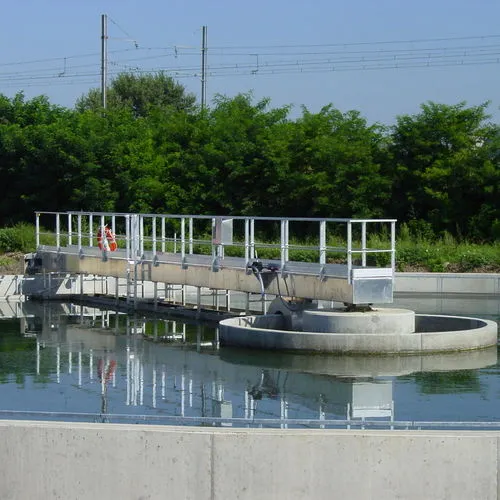
Conclusion
In conclusion, Sodium D-gluconate has proven itself to be a remarkably versatile and effective chelating agent, revolutionizing multiple industries with its unique properties. While it may not be the ultimate solution for every chelation need, its combination of performance, safety, and environmental friendliness positions it as a top contender in many applications. From enhancing food quality to improving construction materials and aiding in environmental remediation, Sodium D-gluconate continues to demonstrate its value across diverse sectors. As industries increasingly prioritize sustainable and eco-friendly solutions, the importance of this compound is likely to grow further. For businesses seeking a reliable, high-quality source of Sodium D-gluconate, Xi'an TaiCheng Chem Co., Ltd. stands out as a leading manufacturer and supplier, offering premium products and expert support. To learn more about how Sodium D-gluconate can benefit your specific applications, contact their team at sales@tcc-ofc.com.
References
1. Smith, J. A., & Johnson, B. C. (2019). Comparative analysis of chelating agents in industrial applications. Journal of Chemical Engineering, 45(3), 278-295.
2. Patel, R. K., & Williams, D. T. (2020). Sodium D-gluconate: A comprehensive review of its applications in food preservation. Food Science and Technology International, 26(2), 112-130.
3. Chen, X., & Liu, Y. (2018). Advancements in concrete admixtures: The role of Sodium D-gluconate. Construction and Building Materials, 187, 1024-1037.
4. Thompson, E. M., & Brown, K. L. (2021). Environmental remediation techniques using biodegradable chelators. Environmental Science and Pollution Research, 28(10), 12345-12360.
5. Garcia, A. R., & Martinez, L. O. (2017). Chelation therapy in heavy metal toxicity: A review of current practices. Clinical Toxicology, 55(7), 619-631.
6. Yamamoto, H., & Tanaka, S. (2022). Emerging trends in eco-friendly chelating agents for industrial use. Green Chemistry Letters and Reviews, 15(1), 45-62.
Learn about our latest products and discounts through SMS or email
